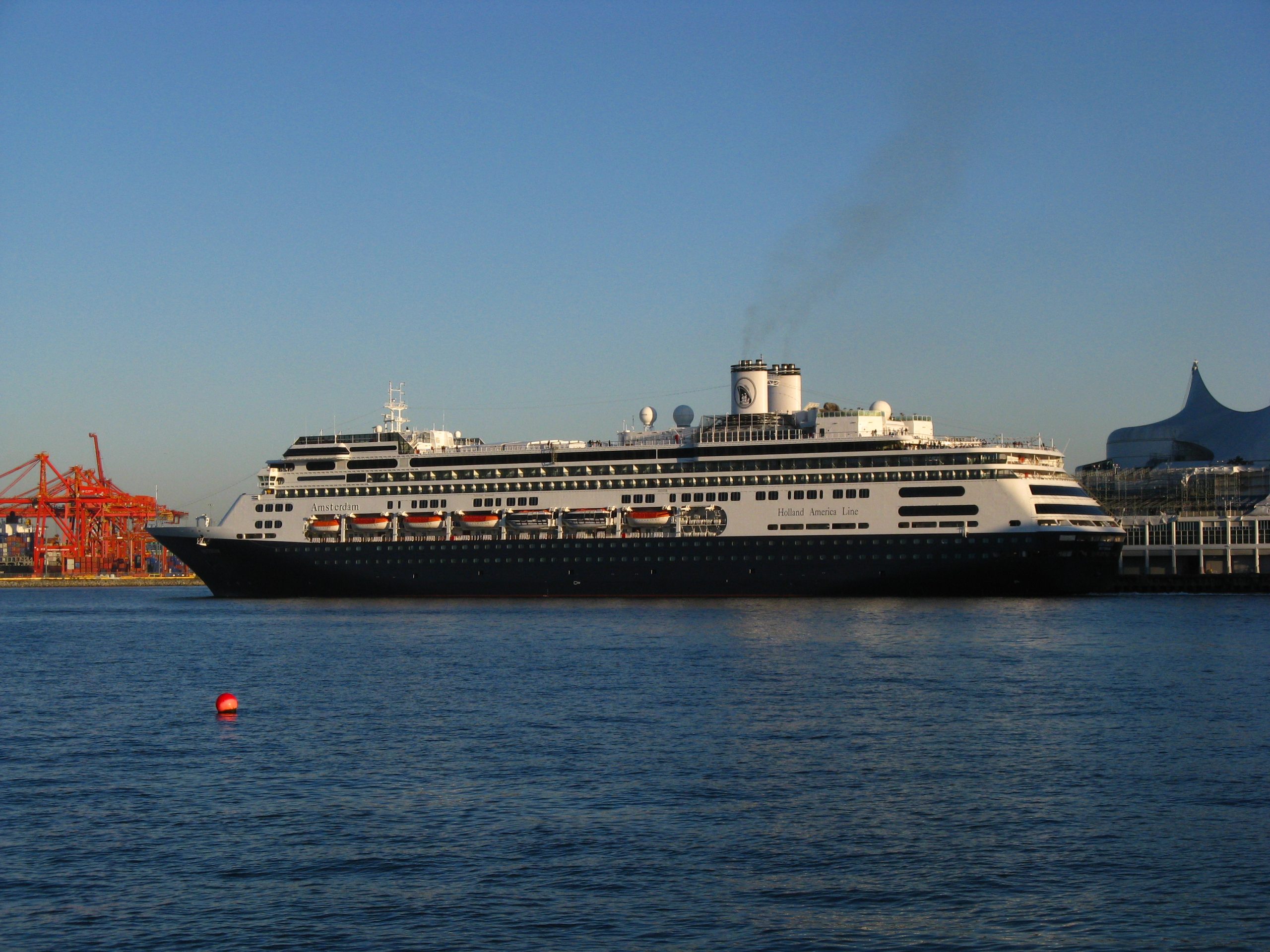It’s one of the most pressing questions on the minds of would-be cruise-goers: where does poop from a cruise ship go? It’s a reasonable question to ask, and an important one, as the answer dictates just how safe it is to board a cruise ship.
The short answer is that most modern cruise ships treat their sewage with advanced systems, before discharging it into the ocean. The longer answer is that there are certain regulatory requirements in place that dictate where, when, and how cruise ships can discharge their waste.
The Basics: All large ships must have onboard systems for collecting and storing human waste before it’s discharged into the ocean. These systems are typically divided into two categories: blackwater and graywater. Blackwater is sewage from toilets and showers; graywater is wastewater from sinks, baths, laundry machines, and other sources.
Treatment Systems: Cruise ships must process their blackwater through an advanced treatment system before it can be discharged into the ocean. This typically involves filtration and disinfection processes that reduce biological oxygen demand (BOD) by 95%, suspended solids (SS) by 90%, bacteria levels by 99%, chemical oxygen demand (COD) by 60%, and nitrogen levels by 65%. In addition to these treatments, many cruise lines also use ultraviolet light disinfection systems to further reduce bacteria levels in treated wastewater.
Regulations: Cruise ships must follow strict regulations when it comes to disposing of their waste. For example, most countries require that vessels remain at least 12 nautical miles from shore before they can discharge any treated wastewater or sewage into the ocean. In addition, international regulations forbid dumping untreated sewage directly into any body of water – this includes rivers, lakes, seas, and oceans.
Environmental Concerns: While modern treatment systems have drastically reduced the environmental impact of cruise ship sewage discharge, there are still concerns about its effects on marine life. Some studies have found that high concentrations of treated wastewater can still lead to harmful algal blooms in coastal areas – something that could potentially have long-term consequences for local ecosystems.
Conclusion: Cruise ships must follow strict regulations when it comes to disposing of their waste. Most modern vessels utilize advanced treatment systems to reduce biological oxygen demand (BOD), suspended solids (SS), bacteria levels, chemical oxygen demand (COD), and nitrogen levels before discharging their sewage into the ocean – usually at least 12 nautical miles away from shorelines. While these measures have helped reduce environmental impacts associated with cruise ship sewage discharge, there are still some concerns about its long-term effects on marine life in certain coastal areas.
